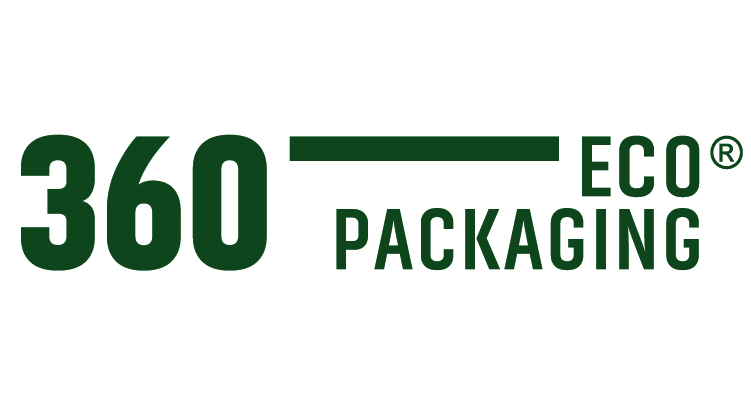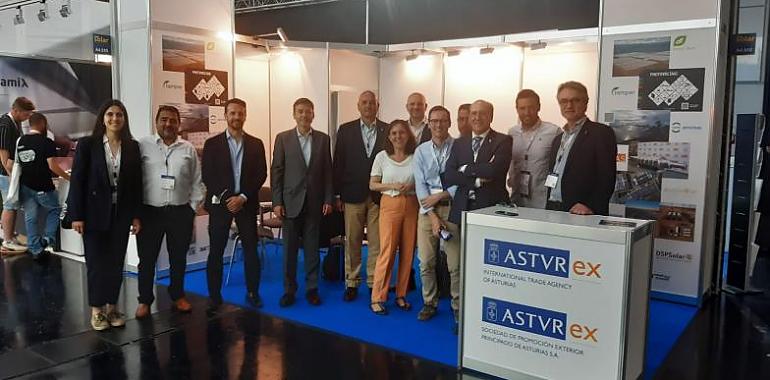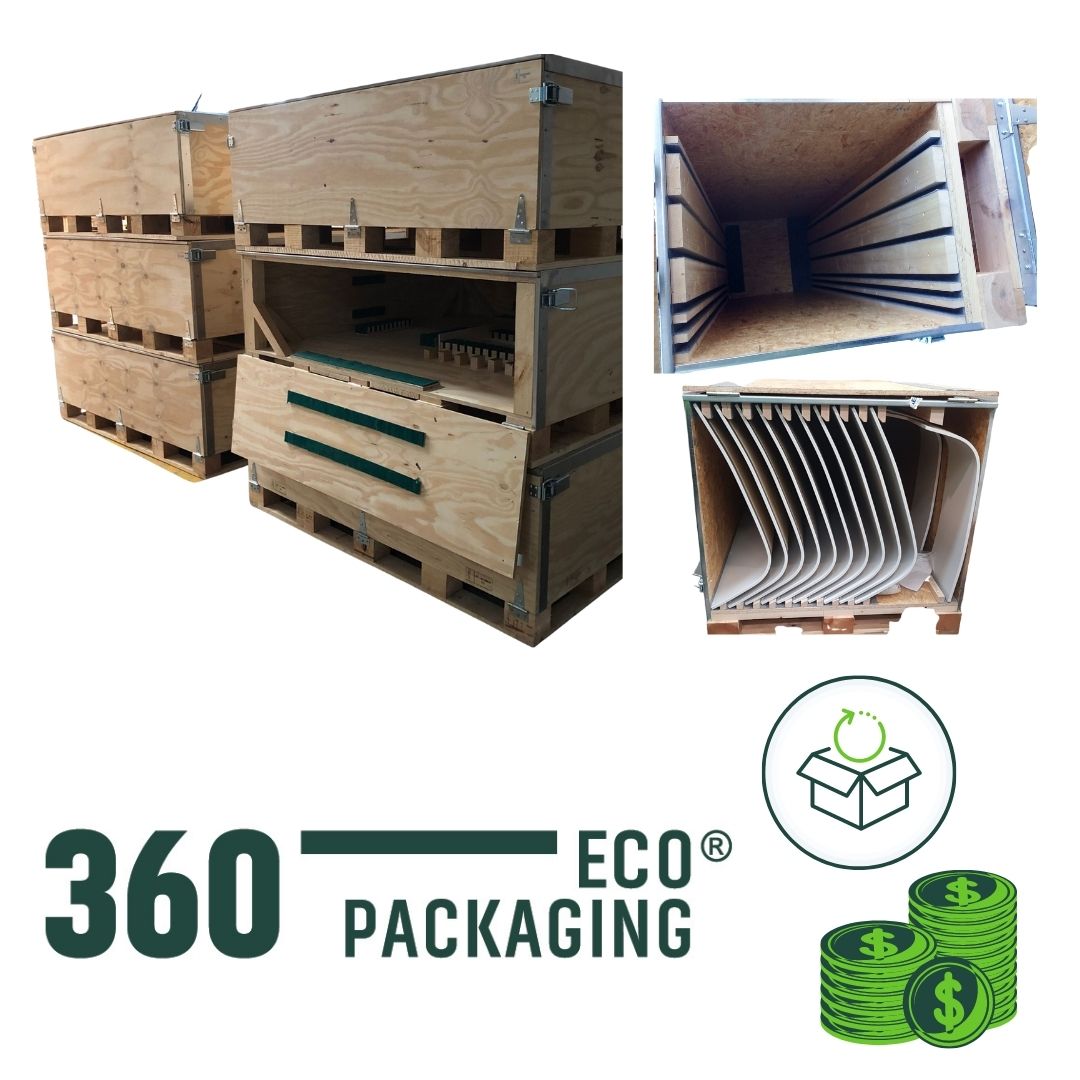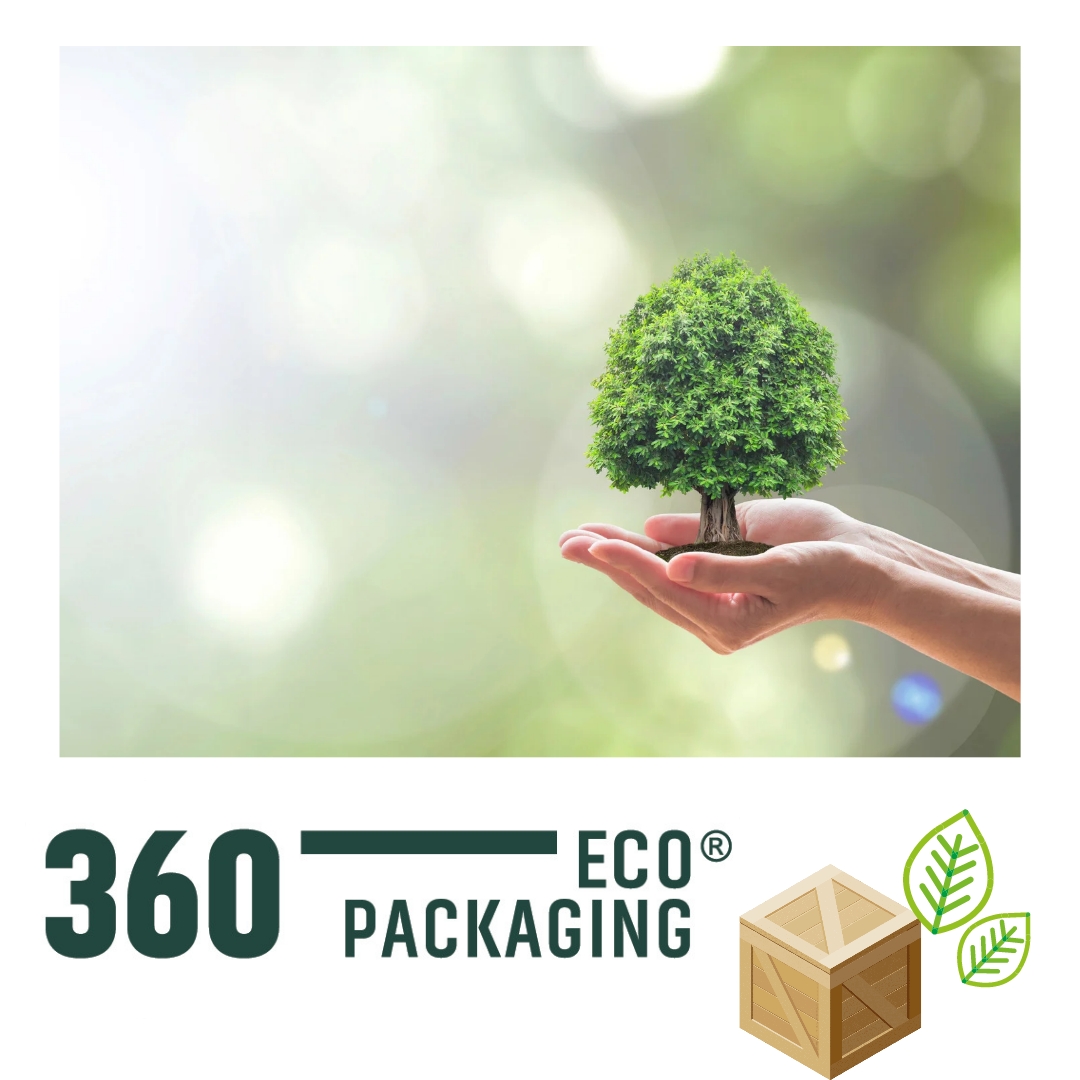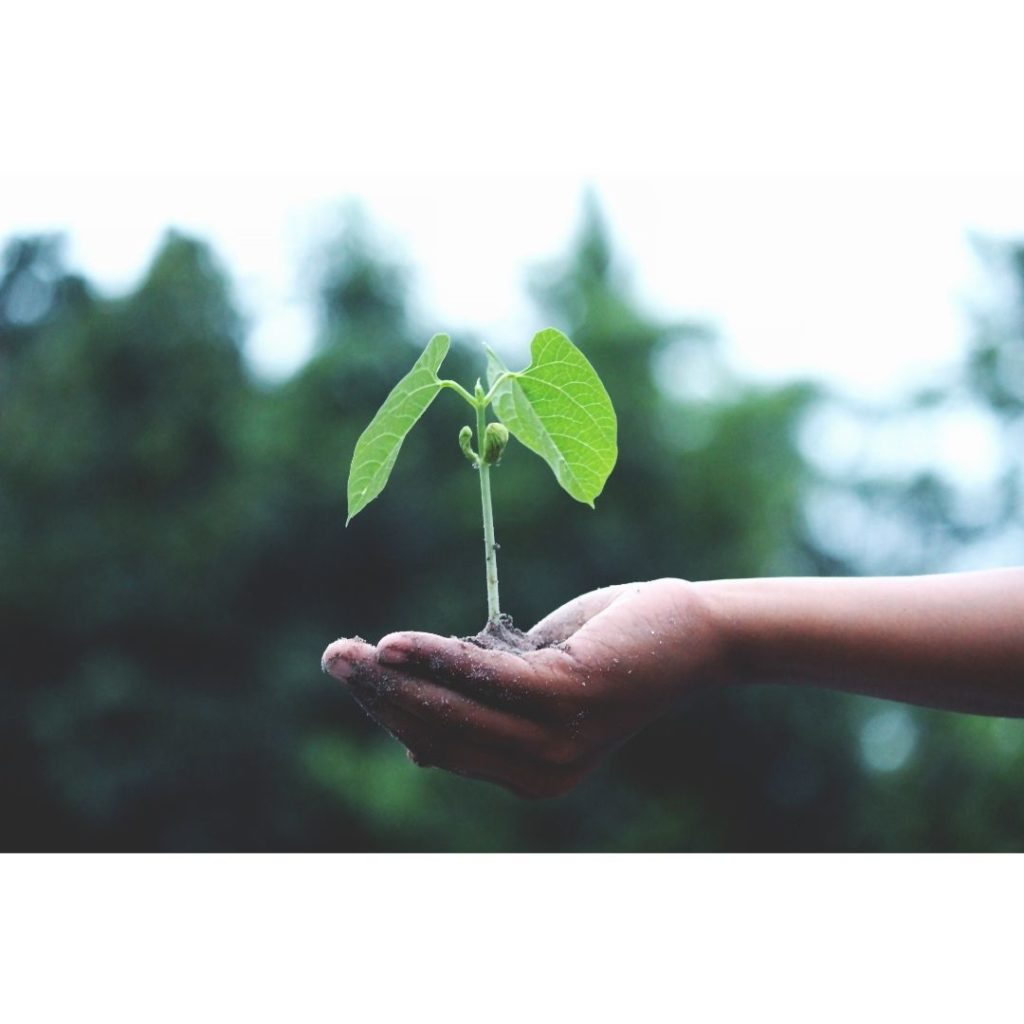Demand for solar panels is experiencing strong growth in the European market as a result of rising electricity and gas prices. In Spain, solar energy grew by 37% in 2021 compared to the previous year. And everything points to this trend consolidating thanks to the aid plans for self-consumption, the agility in installation licenses and greater environmental awareness.
Packaging manufacturers are no strangers to this energy transformation. For years, packaging engineering has been providing solutions for large and heavy equipment, machinery and goods that require special treatment for storage and transport, such as packaging for glass, crystal and solar panels.
Factors to consider when transporting Solar Panels
Not all goods are the same and do not need the same protection. It is important to know what type of packaging to use depending on our merchandise to protect it against external agents such as heat, humidity, corrosion or impacts that it may suffer during the journey and arrive at its destination as if it had just left the factory.
Solar panels are composed of photovoltaic cells formed by silicon wafers. Due to their nature, they require packaging that is suitable for their weight, allows stacking and incorporates protective elements that absorb possible vibrations or impacts that could compromise their integrity.
Until recently in the solar energy sector, it was common to use metal racks for the maritime transport of containerized solar panels. However, metal is vulnerable to corrosion. And these types of metal structures are often damaged by repeated use of the forklift’s claw, resulting in a shorter service life.
As a result, they have been replaced by logistical solutions that are more advantageous in terms of both safety and economic profitability.
Advantages of wood packaging for solar panels and glass
Wood is a durable material, which allows for greater customization and reusability of the packaging.
Specialized packaging for the solar industry stands out for its maximum capacity optimization, being between 5 and 7 percent higher than other packaging used in this sector. By maximizing the number of pieces per container, direct savings in transportation costs are achieved.
As in the case of glass packaging, wood packaging for solar panels complies with ISPM15 certification for international transport, and is equipped with corner protection to prevent possible breakage of parts during transport.
Another benefit is the ease of handling. As it does not use nails, it can be assembled without the need for tools, making this task faster and safer. And since all its components can be disassembled, the space it takes up after use is minimal.
Today there are customized packaging solutions that adapt to the particularities of each merchandise and sector.
Contact us for a correct choice.
![]()
